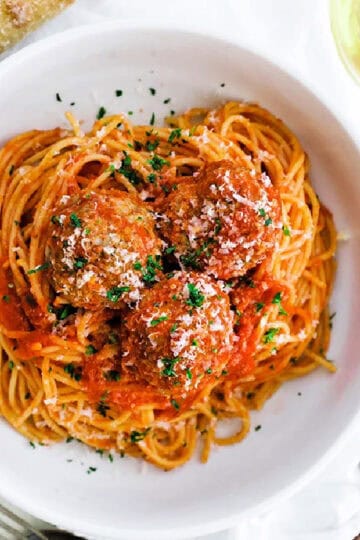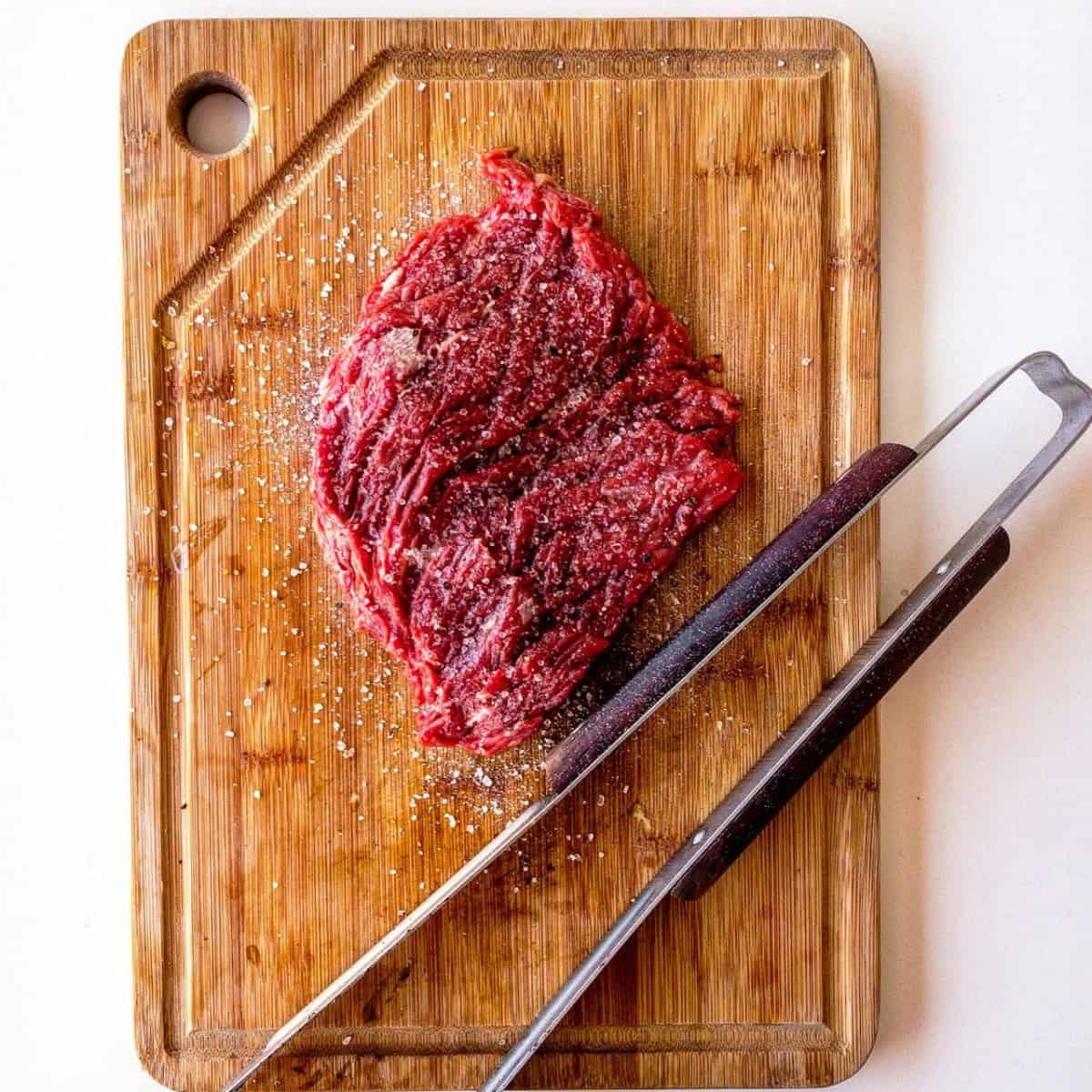In recent years, more and more attention has been paid to the problem of environmental pollution by plastic waste. The use of disposable plastic tableware, which is widespread in restaurants, catering, and catering, is one of the main causes of this situation.
After use, these utensils often end up in landfills, water bodies, and natural landscapes because they are difficult to dispose of or recycle properly.
The accumulation of plastic waste in the environment causes enormous damage to ecosystems, pollutes soil and water, and has a devastating effect on the health of living organisms. Aware of the scale of this threat, many countries, and organizations are striving to limit the use of single-use plastic and find environmental alternatives.
Safe materials for the production of disposable tableware
Today, several main types of environmentally friendly materials can be used to make disposable trays as an alternative to traditional plastic.
These include paper, palm leaf, bamboo, and numerous other plant-based materials such as corn oil, sugar cane, wheat straw, and others. Each of these materials has its unique properties, advantages, and disadvantages.
Paper
Paper disposable tableware is one of the most widespread and accessible types of environmentally friendly alternatives to plastic. The process of its production consists of molding products from paper pulp with subsequent drying and treatment with special compositions to impart water-repellent properties and increase durability.
Advantages of paper tableware:
- Fully biodegradable in natural conditions
- Recyclability
- Suitable for composting
- Sufficient strength and heat resistance
- Relatively low cost
The range of paper disposable tableware includes:
- Plates of various sizes
- Cups
- Takeaway containers
- Hot dog boxes
- Drink coasters
- And many other things
It is widely used in fast-food restaurants, cafes, take-out catering, and picnics.
Palm leaf
Palm leaf tableware is gaining popularity as an eco-friendly alternative due to the following advantages:
- Natural and fully biodegradable
- High strength and rigidity
- Water repellent properties
- Attractive natural shade and texture
The range includes:
- Plates in different sizes and shapes
- Bowls
- Takeaway boxes
- Drink coasters
Ideal for:
- Eco-friendly catering companies
- Vegetarian/vegan caterers
- Outdoor picnic organizers
The disadvantage so far remains the higher production cost compared to other eco-friendly counterparts. But as technology advances, its price will come down.
Bamboo
Bamboo disposable tableware is another promising alternative to plastic catering trays. Bamboo has several properties that make it an ideal material for this purpose:
- Renewable natural resources with a fast growth cycle
- High strength and rigidity
- Resistant to moisture and high temperatures
- Hypoallergenic and free of toxic substances
- Fully biodegradable with no harmful effects on the environment
The technology of bamboo tableware production includes:
- Grinding of bamboo fibers
- Mixing with natural binders
- Hot pressing into molds
- Impregnation treatment to increase water resistance
The range includes:
- Plates in various sizes and shapes
- Cups, glasses
- Food containers
- Utensils (forks, spoons, knives)
- Coasters, trays
Products made of bamboo are characterized by durability and can be used repeatedly, which distinguishes them from paper and palm analogs. At the same time, it is completely safe for health.
Other materials
In addition to paper, palm leaf, and bamboo, other environmentally friendly materials can be used for the production of disposable tableware:
- Corn oil/starch tableware
- Sugar cane products
- Dishes made from wheat straw
- Seaweed-based products
These innovative materials are highly biodegradable, with adequate durability and functionality. Some of them show improved barrier properties for food products.
Their main advantage is the use of rapidly renewable natural raw materials and agricultural/food waste, which contributes to closed-loop and waste reduction.
However, most of these materials are still at the stage of active research and testing. High production costs and lack of proven technologies constrain their large-scale industrial production.
Comparative analysis of cost and functionality
When choosing a material for producing disposable eco-friendly tableware, it is necessary to consider a range of factors, including cost, functionality, performance, and environmental impact. Let's take a closer look at the comparative advantages and disadvantages of the main types of such materials.
Cost of production:
- Paper tableware remains one of the most budget-friendly options among eco-friendly analogs.
- Palm leaf products are still relatively expensive to produce due to the limited supply of raw materials and underdeveloped technologies.
- Bamboo utensils occupy an intermediate position in terms of price between paper and palm leaf utensils. The cost depends largely on the producing country.
- Tableware made from innovative materials (corn oil, sugarcane, wheat straw) is the most expensive at the moment due to high R&D and small batch production costs.
Functional characteristics:
- Paper trays are quite durable, but poorly tolerate prolonged contact with hot food and liquids.
- Palm leaf products have high rigidity and heat resistance and are suitable for hot foods.
- Bamboo tableware is one of the strongest and most durable among eco-friendly analogs. At the same time, it is heat and water-resistant.
- Materials such as corn oil and others may have improved barrier properties for food storage.
Lifespan and disposal:
- Paper and palm utensils are designed to be disposable and biodegradable quickly in natural conditions.
- Bamboo products are reusable but are compostable over time.
- Tableware made from innovative materials tends to degrade faster than traditional plastic.
Aesthetic properties:
- Paper tableware has a neutral appearance and can be dyed in a variety of colors.
- Palm tableware is attractive with its natural hue and texture.
- Bamboo products are characterized by their delicate woody hue and natural texture.
- New materials provide ample opportunities for creating original color solutions and designs.
Thus, each type of eco-friendly disposable tableware has its strengths and weaknesses. The final choice will depend on the specific needs and preferences of the customer, the expected conditions of use, price constraints, and other factors.
Conclusion
A complete switch to environmentally friendly alternatives to disposable plastic tableware is an urgent need to protect the environment and conserve natural resources for future generations.
Increasing the use of paper, palm, bamboo, and other types of eco-dinnerware will significantly reduce the amount of plastic waste polluting our planet. The development of this industry requires joint efforts of manufacturers, suppliers, representatives of the restaurant business, the catering industry, and, of course, consumers themselves.
By choosing environmentally friendly restaurant supplies, we minimize our carbon footprint and stimulate the further growth of "green" technologies and innovations in this area. The formation of informed demand will become a powerful driver for the development of new materials, reducing their cost and expanding their range.





Leave a Reply